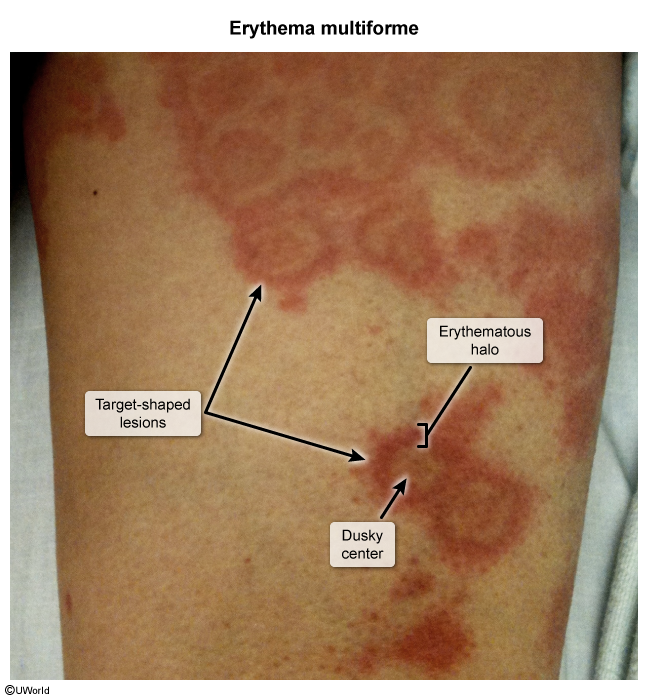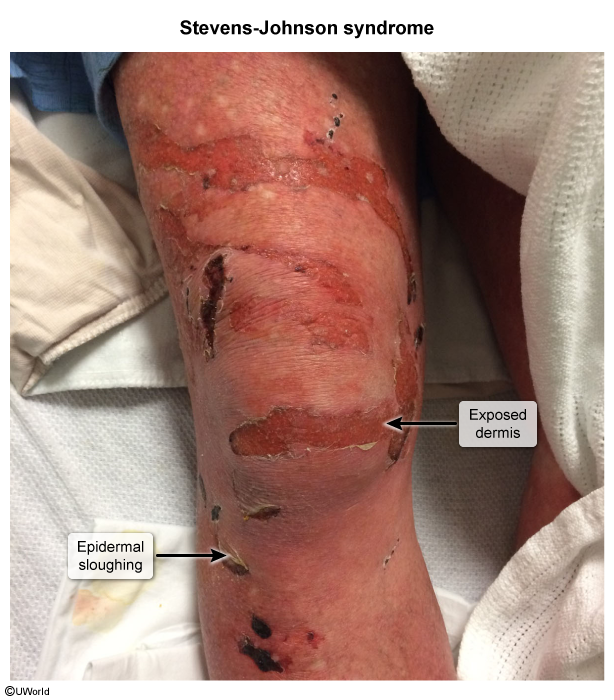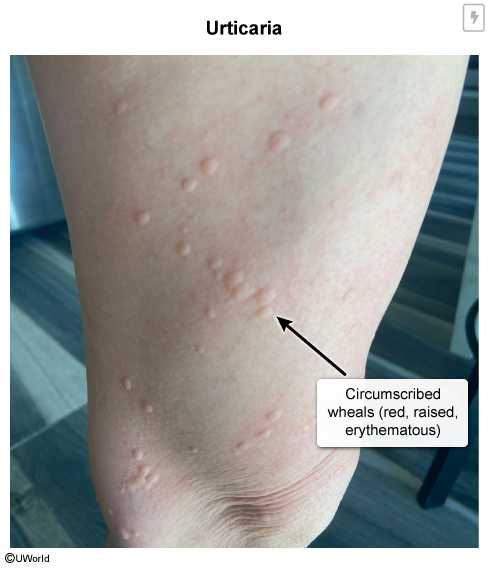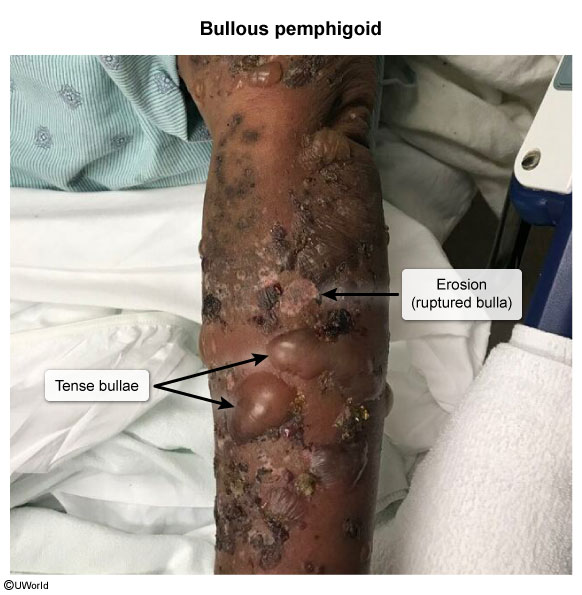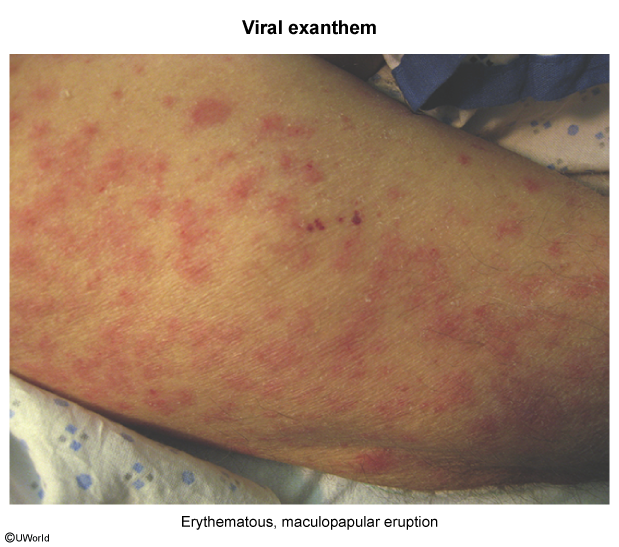Erythema Multiforme
Article Sections
Introduction
Erythema multiforme (EM) is an acute, immune-mediated mucocutaneous condition characterized by the abrupt onset of erythematous macules, papules, and targetoid lesions. It is commonly associated with infections (particularly herpes simplex virus [HSV]) and various medications. The disease spectrum ranges from minor, localized cutaneous lesions to major, widespread skin disease with debilitating mucosal involvement and systemic symptoms.
Pathophysiology
EM is caused by a cell-mediated immune response, most commonly to antigens from HSV; it frequently appears several days to a few weeks after genital or orolabial HSV infection. EM can also be triggered by other infections and medications (eg, sulfonamides, nonsteroidal anti-inflammatory drugs [NSAIDs]).
EM develops when circulating pathogens are phagocytosed by peripheral mononuclear cells and brought to the epidermis, where DNA fragments are transferred to keratinocytes via direct cell-to-cell spread (facilitated by upregulation of adhesion molecules). Pathogen-specific cytotoxic T cells then recognize foreign antigens produced by keratinocytes and initiate an inflammatory cascade that results in epithelial damage.
Continue Learning with UWorld
Get the full Erythema Multiforme article plus rich visuals, real-world cases, and in-depth insights from medical experts, all available through the UWorld Medical Library.
Images
